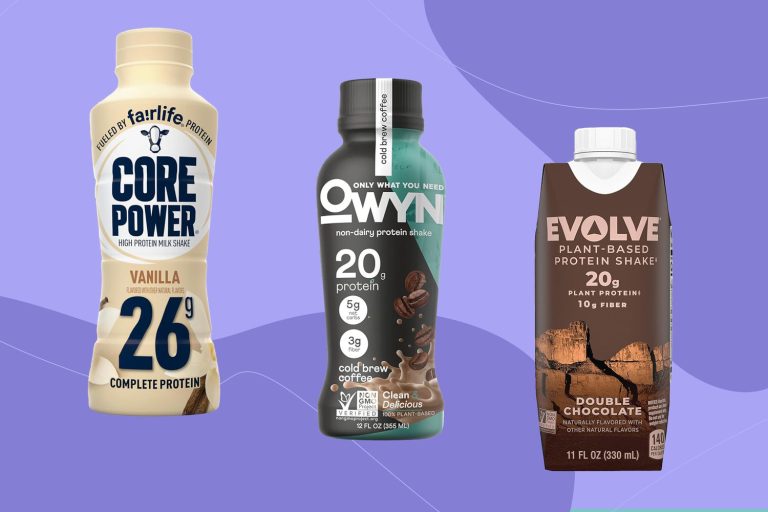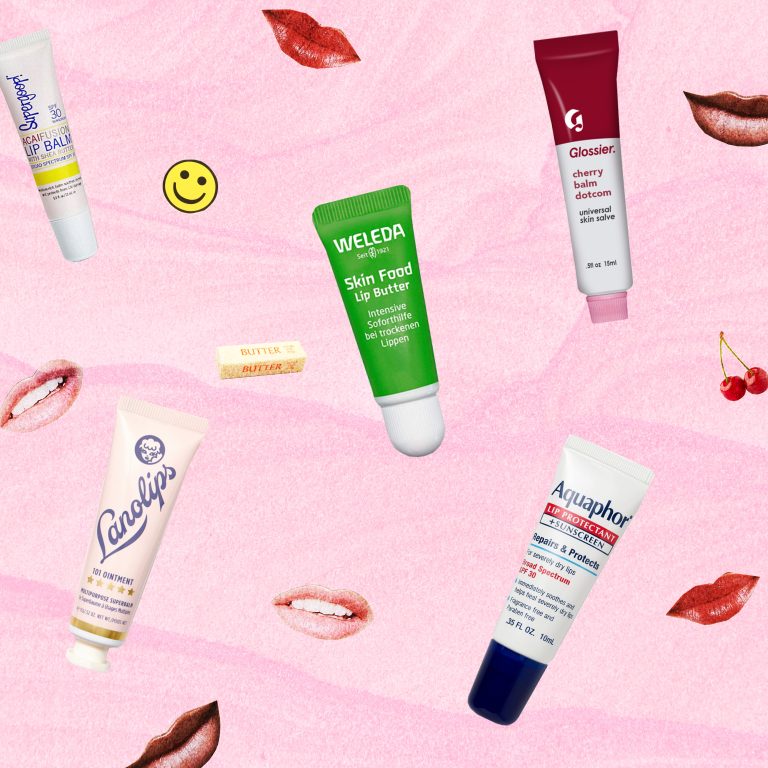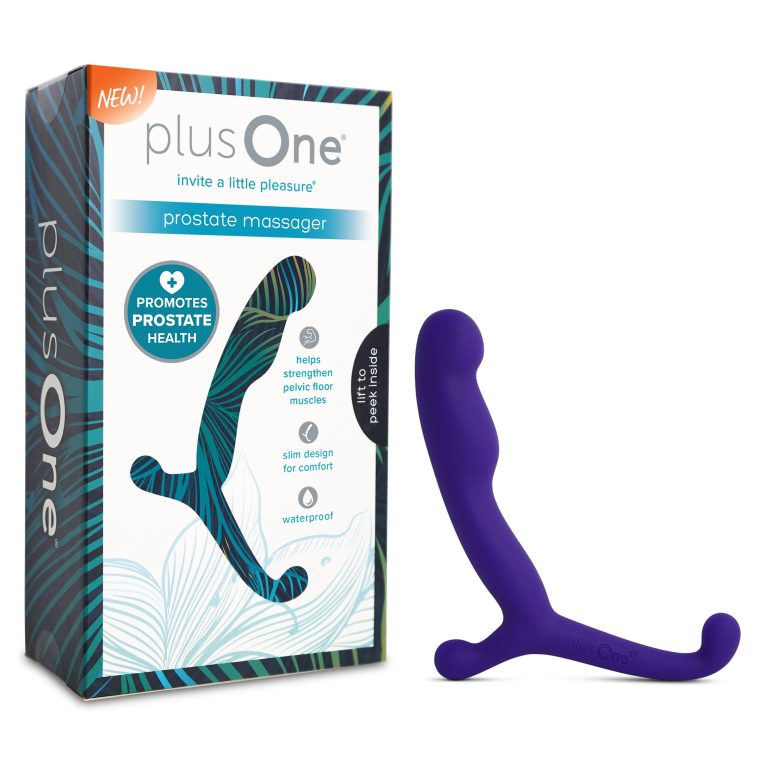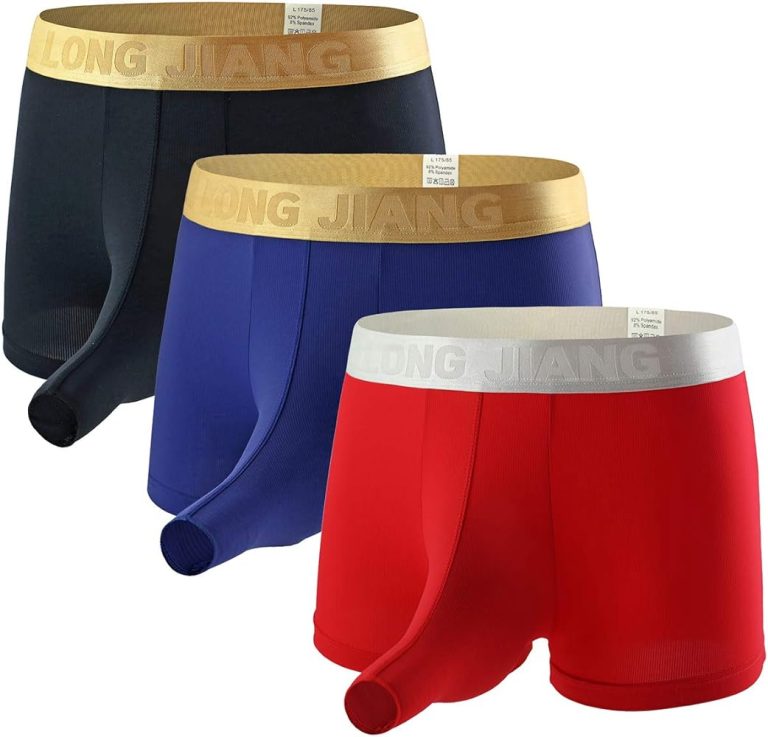9 Best Kitty Litters for Odor Control, Clumping, and Eco-Friendliness
Choosing the right kitty litter can make a world of difference for both you and your feline friend. With countless options on the market, finding the perfect fit might seem overwhelming. But don’t worry—we’ve done the legwork to bring you the top 9 kitty litters that excel in odor control, clumping ability, and overall cat approval.
Whether you’re dealing with a finicky feline or just looking to simplify your litter box maintenance, our list covers a range of options to suit various needs. From eco-friendly choices to ultra-absorbent formulas, get ready to discover the best kitty litter that keeps your home fresh and your cat happy.
Clumping Clay Litter: A Popular Choice
Clumping clay litter remains a favorite among cat owners for its convenience and effectiveness. Discover the specific benefits and potential downsides below.
Benefits of Using Clumping Clay Litter
- Excellent Odor Control
Keeps your home smelling fresh by trapping odors within the clumps. Helps mask unpleasant smells, making it ideal for small spaces. - Easy to Scoop
Forms tight clumps that you can easily scoop out. Reduces the effort needed to maintain a clean litter box. - Cost-Effective
Lasts longer since you only remove the soiled clumps. Allows you to stretch your budget further. - Readily Available
Found in most stores, both online and offline. Ensures you can always quickly restock.
- Dust Production
Creates dust when poured or when your cat digs. Can be problematic for allergy sufferers. - Tracking Issues
Sticks to your cat’s paws and fur. Leads to litter being spread around your home. - Heavy Weight
Comes in bags that are often hard to lift. Can be cumbersome, especially for those with mobility issues. - Environmental Concerns
Made from non-renewable resources. Poses challenges for eco-conscious cat owners.
Silica Gel Litter: High Absorbency and Low Dust
Silica gel litter has become a popular choice for cat owners due to its excellent absorbency and minimal dust production.
How Silica Gel Litter Works
Silica gel litter works by using tiny, porous beads made of silica dioxide. These beads absorb moisture, trapping it within their structure. This unique material can hold a large amount of liquid, leading to reduced moisture in the litter box. As the beads capture urine, they also minimize odors by drying out waste and preventing bacterial growth. This litter doesn’t clump, so you only need to remove solid waste while the beads handle the liquid.
Key Benefits for Odor Control
Silica gel litter provides superior odor control by absorbing urine and trapping smells. The beads’ drying out process helps keep the litter box fresher for longer periods, often lasting up to a month before needing a full change. This type of litter significantly reduces the ammonia smell associated with cat waste. Unlike clay litters that can become muddy, silica gel beads remain dry, further contributing to a more pleasant odor management solution.
Biodegradable Litter: Eco-Friendly Options
Switching to biodegradable kitty litter can make a significant difference for the environment and your cat’s health. Let’s explore the various types and their benefits.
Types of Biodegradable Litters
- Wood-Based Litter: Uses recycled wood products like pine, cedar, or sawdust, offering a natural and fresh scent.
- Paper-Based Litter: Made from recycled paper products, it’s lightweight and highly absorbent, often available in pellet or granule form.
- Corn-Based Litter: Uses ground corn kernels, providing excellent clumping and odor control, and is flushable for easy disposal.
- Wheat-Based Litter: Composed of processed wheat, it naturally clumps and provides odor control with minimal dust.
- Grass-Based Litter: Made from renewable grass fibers, it’s soft on your cat’s paws and clumps effectively.
- Coconut-Based Litter: Utilizes coconut husks, offering excellent absorbency and odor control while being gentle on the environment.
- Reduced Waste: Biodegradable litters break down naturally, reducing landfill waste compared to traditional clay and silica gel litters.
- Sustainable Materials: Produced from renewable or recycled materials, minimizing resource depletion.
- Non-Toxic: Free from harmful chemicals, making them safer for your cat and family.
- Low Dust: Many biodegradable litters produce little to no dust, reducing respiratory problems for both cats and humans.
- Odor Control: Natural materials often neutralize odors effectively without relying on artificial fragrances.
- Soft Texture: Gentle on your cat’s paws, especially beneficial for kittens or older felines with sensitive feet.
Non-Clumping Clay Litter: An Economical Option
Understanding Non-Clumping Clay
Non-clumping clay litter is made from natural clay, without added chemicals that enable clumping. It absorbs moisture but doesn’t form solid clumps. This makes it a straightforward and cost-effective solution for cat owners. This litter type is often recommended for kittens due to its gentle texture.
When to Choose Non-Clumping Over Clumping
Choose non-clumping litter if you’re seeking an affordable and simple solution. It’s ideal for low-maintenance care, especially if you stay on top of regular litter box cleaning. It’s also great for specific health needs, such as post-surgery care where dust control is crucial. Non-clumping clay litter can be a pragmatic option for multi-cat households, thanks to its lower cost and easy availability.
Wood Litter: Natural and Lightweight
Wood litter offers a biodegradable, eco-friendly alternative to traditional cat litters. It’s derived from various wood types, such as pine, cedar, and oak, ensuring a natural and organic solution for your feline friend.
Benefits of Choosing Wood Litter
- Biodegradable and Sustainable: Wood litter decomposes naturally, reducing landfill waste and environmental impact. Brands like Feline Pine and ökocat utilize recycled wood materials, ensuring sustainability.
- Lightweight Composition: Wood litter is significantly lighter than clay litter, making it easier to handle and transport. You’ll find boxes like Feline Pine much more manageable.
- Effective Odor Control: Wood litter has natural odor-absorbing properties. Pine, with its natural scent, neutralizes ammonia odors effectively.
- Low Dust Production: Wood litter produces minimal dust, improving air quality and reducing respiratory issues for both you and your cat. Products like ökocat offer dust-free experiences.
- Soft Texture: The soft, pellet-like texture of wood litter is gentle on your cat’s paws. It’s particularly beneficial for sensitive or older cats.
- Cost: Wood litter can be more expensive than traditional litters. Consider your budget and the long-term investment in a healthier, eco-friendly option.
- Absorbency: Check the absorbency level of different wood litters. Some brands, like Feline Pine, are highly absorbent and provide better moisture control.
- Transition Period: Your cat may need time to adjust to wood litter. Gradual mixing with your cat’s current litter can help ease the transition.
- Allergies: Although rare, some cats may be allergic to specific types of wood. Monitor for any signs of allergic reactions, such as sneezing or skin irritation.
- Scooping Routine: Wood litter may require different scooping techniques. Frequent cleaning helps maintain a fresh environment and optimal odor control.
Paper Litter: Soft and Hypoallergenic
How Paper Litter Is Made
Crafting paper litter involves recycling paper products like newspapers and cardboard. Manufacturers shred and then pelletize the paper, creating small granules or pellets. This process ensures litter that’s free from chemicals, dyes, and perfumes, making it safe and hypoallergenic for your feline friend.
Best Situations to Use Paper Litter
Choose paper litter if your cat has respiratory issues or allergies. Its low dust production keeps the air cleaner, crucial for cats and owners with sensitivities. Use in environments like post-surgery recovery, where minimizing irritants is essential. Paper litter is also ideal for kittens with delicate paws due to its soft texture.
Corn Litter: Natural and Clumping
Corn litter is an eco-friendly option that provides effective clumping action while being gentle on your cat’s paws.
Advantages of Corn Litter
Biodegradable: You can dispose of corn litter in compost or flush it down the toilet because it’s biodegradable and environmentally friendly.
Effective Clumping: Corn litter forms tight clumps that are easy to scoop, reducing waste and making cleaning a breeze.
Odor Control: Corn’s natural absorbent properties help control odors well, keeping your home smelling fresh.
Low Dust: Corn litter produces minimal dust, making it an excellent choice for cats with respiratory issues.
Soft Texture: The texture of corn litter is soft and comfortable, which cats prefer on their sensitive paws.
Things to Watch Out For
Cost: Corn litter tends to be more expensive than traditional clay litters, which could be a consideration if you have multiple cats.
Potential for Mold: Since corn is an organic material, it can attract mold if not kept dry. Check the litter box frequently to avoid this issue.
Availability: Depending on your location, finding corn litter in stores might be challenging. You may need to order it online.
Attraction to Pests: Corn-based products can occasionally attract pests like ants or rodents, so store the litter in a dry, sealed container.
Walnut Shell Litter: Superior Odor Control
Walnut shell litter is gaining popularity for its excellent odor control properties. It’s natural, sustainable, and effective, making it an attractive option for many cat owners.
Reasons to Choose Walnut Shell Litter
Naturally Absorbent: Walnut shells are highly absorbent, which helps control moisture effectively. This natural absorption reduces unpleasant odors significantly.
Eco-Friendly: Walnut shell litter is biodegradable and derived from renewable sources. If you’re environmentally conscious, this is a great option to consider.
Low Dust: Unlike some clay litters, walnut shell litter produces less dust. This feature is beneficial for cats with respiratory conditions and for keeping your home cleaner.
Soft Texture: The litter’s soft texture is gentle on your cat’s paws, making it comfortable for your furry friend to use.
Precautions and User Tips
Introduce Gradually: Cats can be picky about changes. Introduce walnut shell litter gradually by mixing it with your current litter. This approach helps your cat adjust more comfortably.
Regular Cleaning: To maintain its odor control properties, clean the litter box regularly. Scoop waste daily and change the litter weekly.
Monitor for Allergies: While rare, some cats may be allergic to walnut products. Keep an eye on your cat for any signs of allergic reactions, such as sneezing or skin irritation.
Storage: Store the litter in a dry, cool place to prevent it from absorbing moisture before use. Proper storage extends the litter’s effectiveness and shelf life.
Walnut shell litter offers superior odor control and is an eco-friendly choice. Follow these tips to ensure both you and your cat benefit from its unique properties.
Conclusion: Finding Your Perfect Kitty Litter
Choosing the right kitty litter can significantly impact your cat’s comfort and your home’s cleanliness. With options ranging from clumping clay to eco-friendly corn and walnut shell litter, there’s something for every preference and need. Consider your cat’s habits, any allergies, and your environmental concerns when making a decision. Remember to introduce new litter gradually and maintain a regular cleaning routine. By doing so, you’ll ensure a happier and healthier environment for both you and your feline friend.






